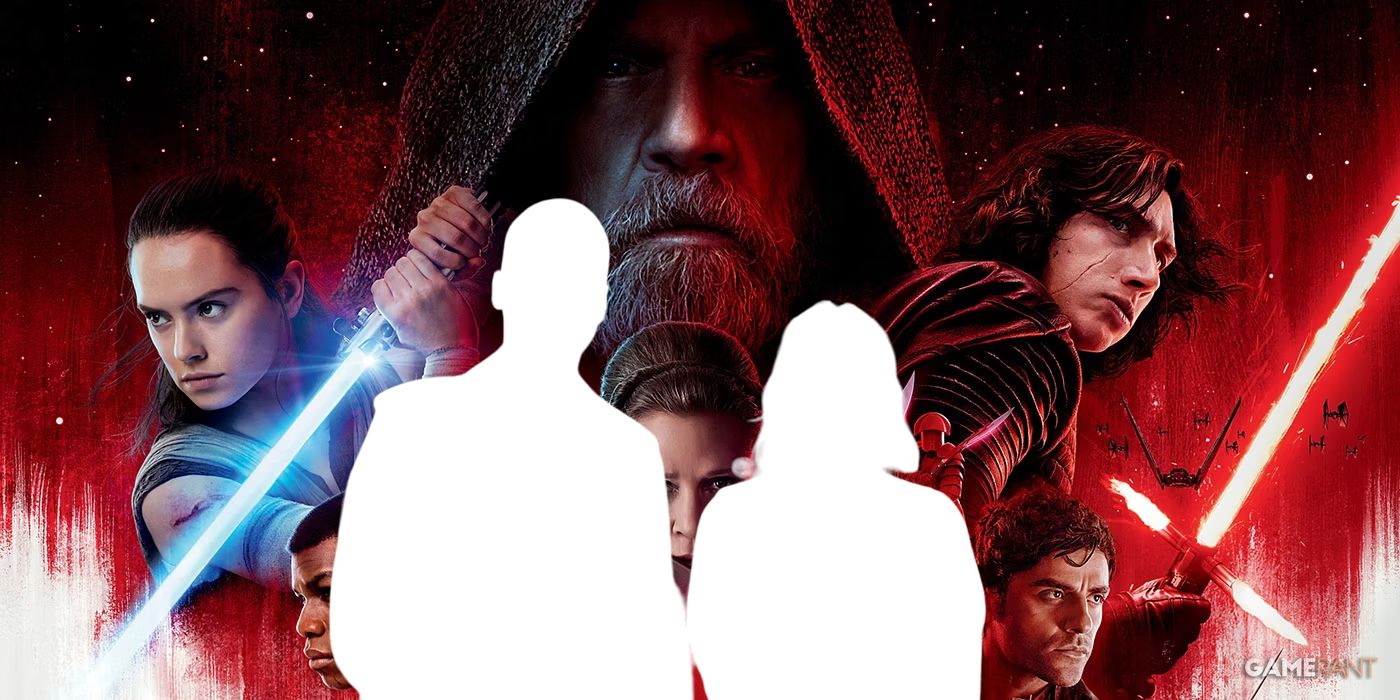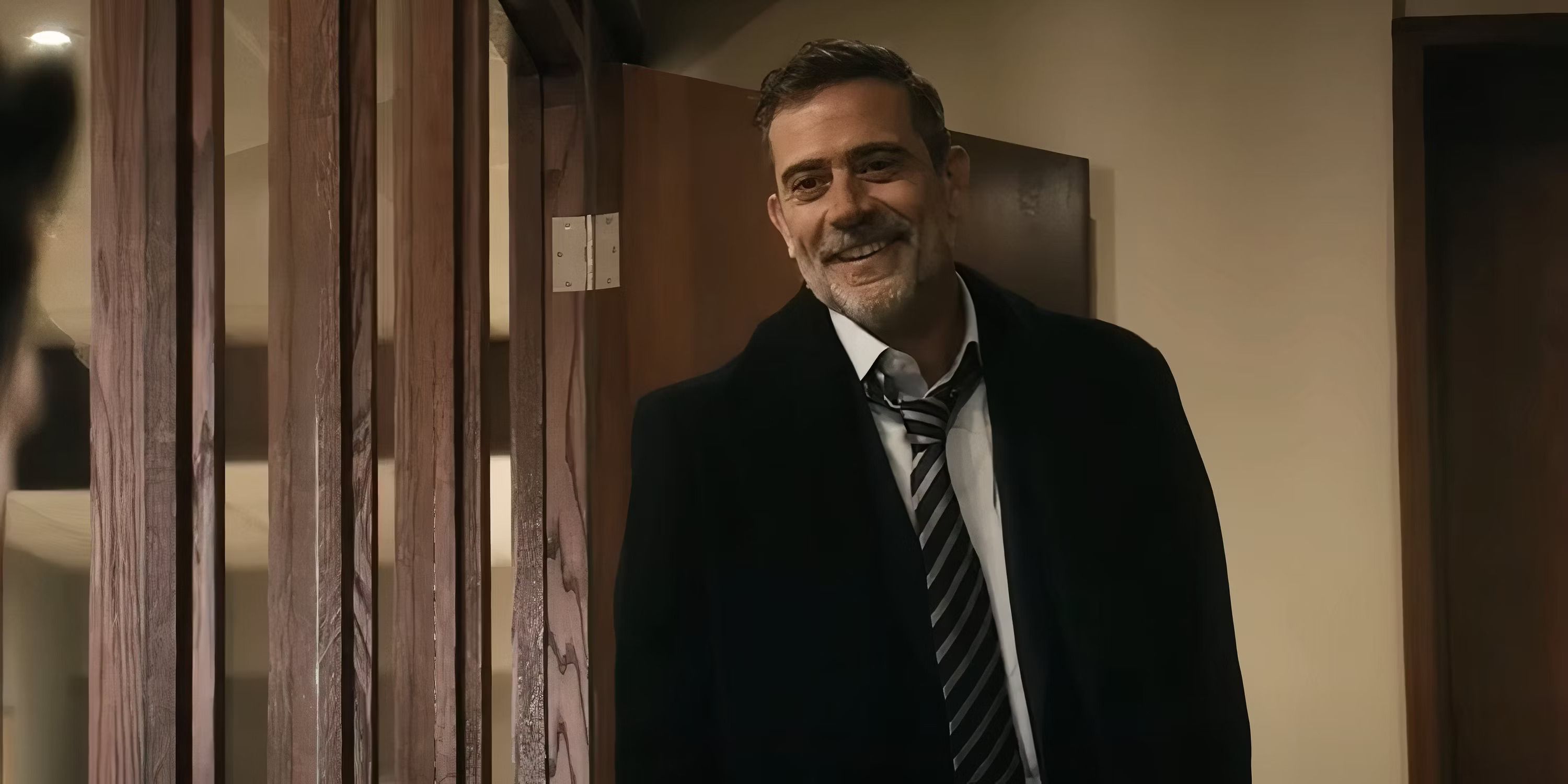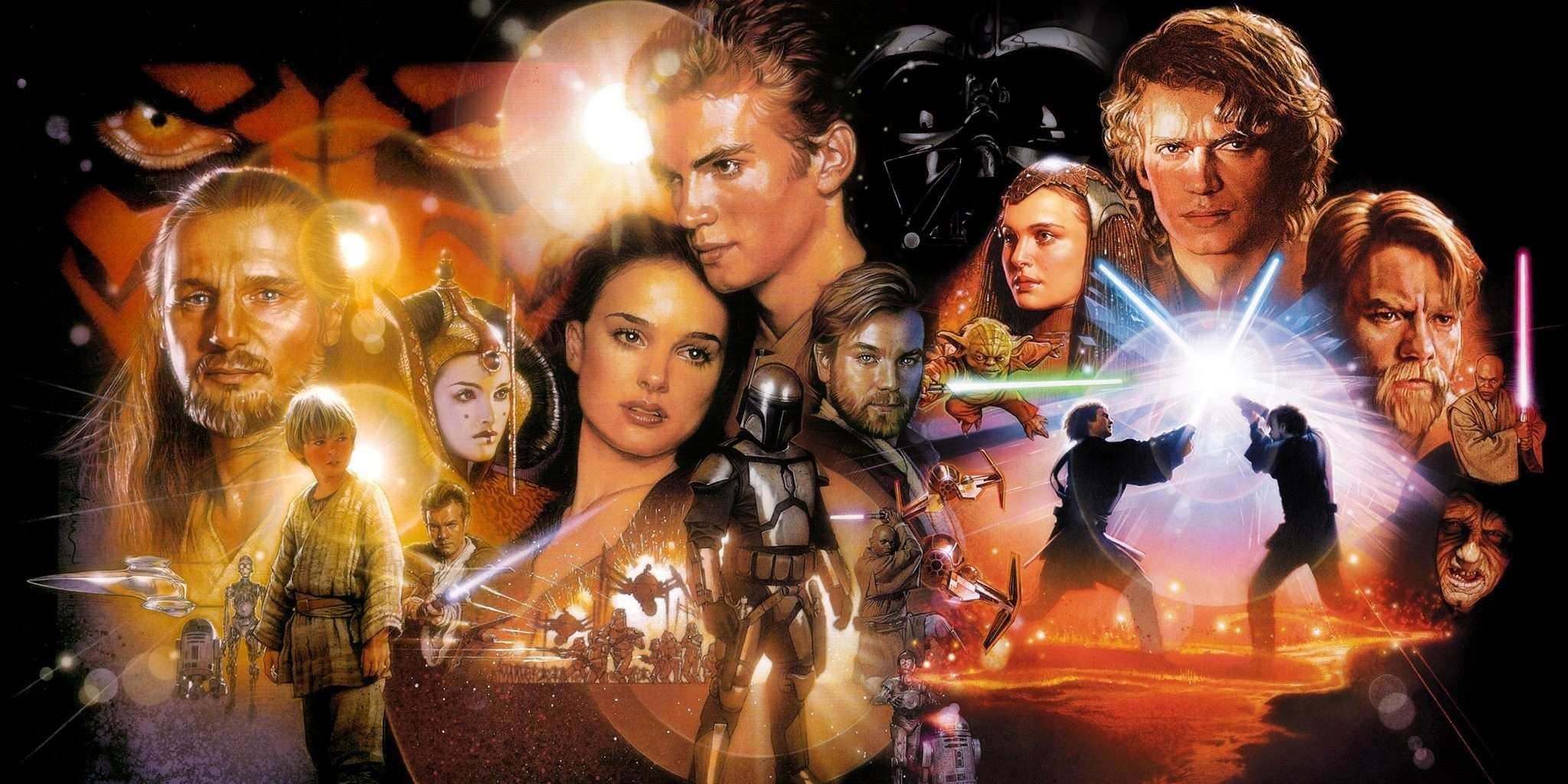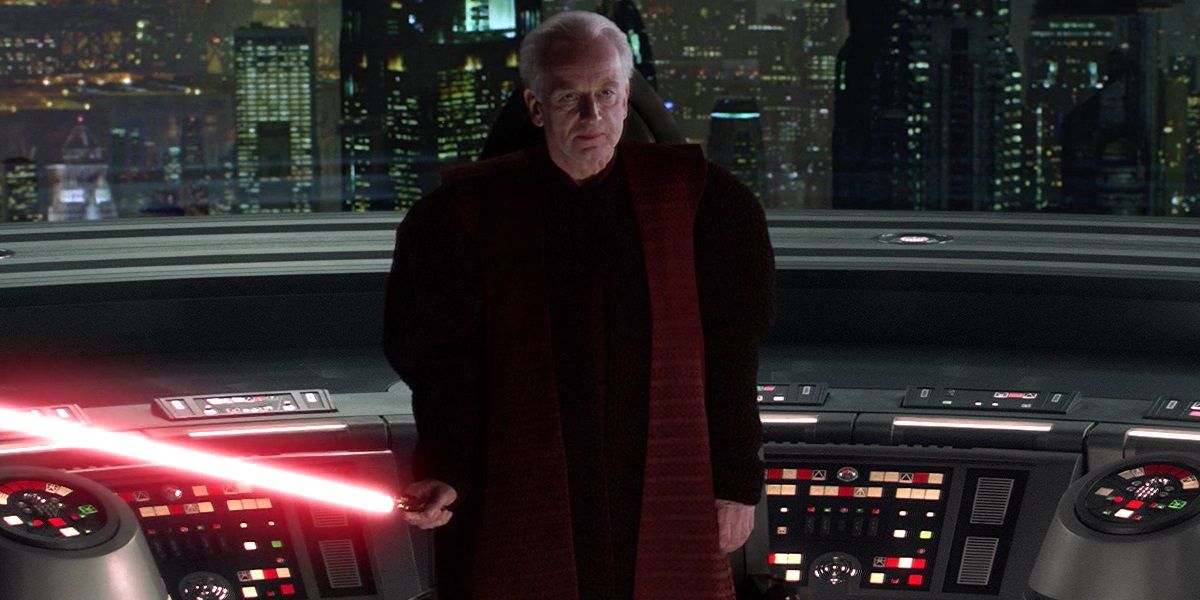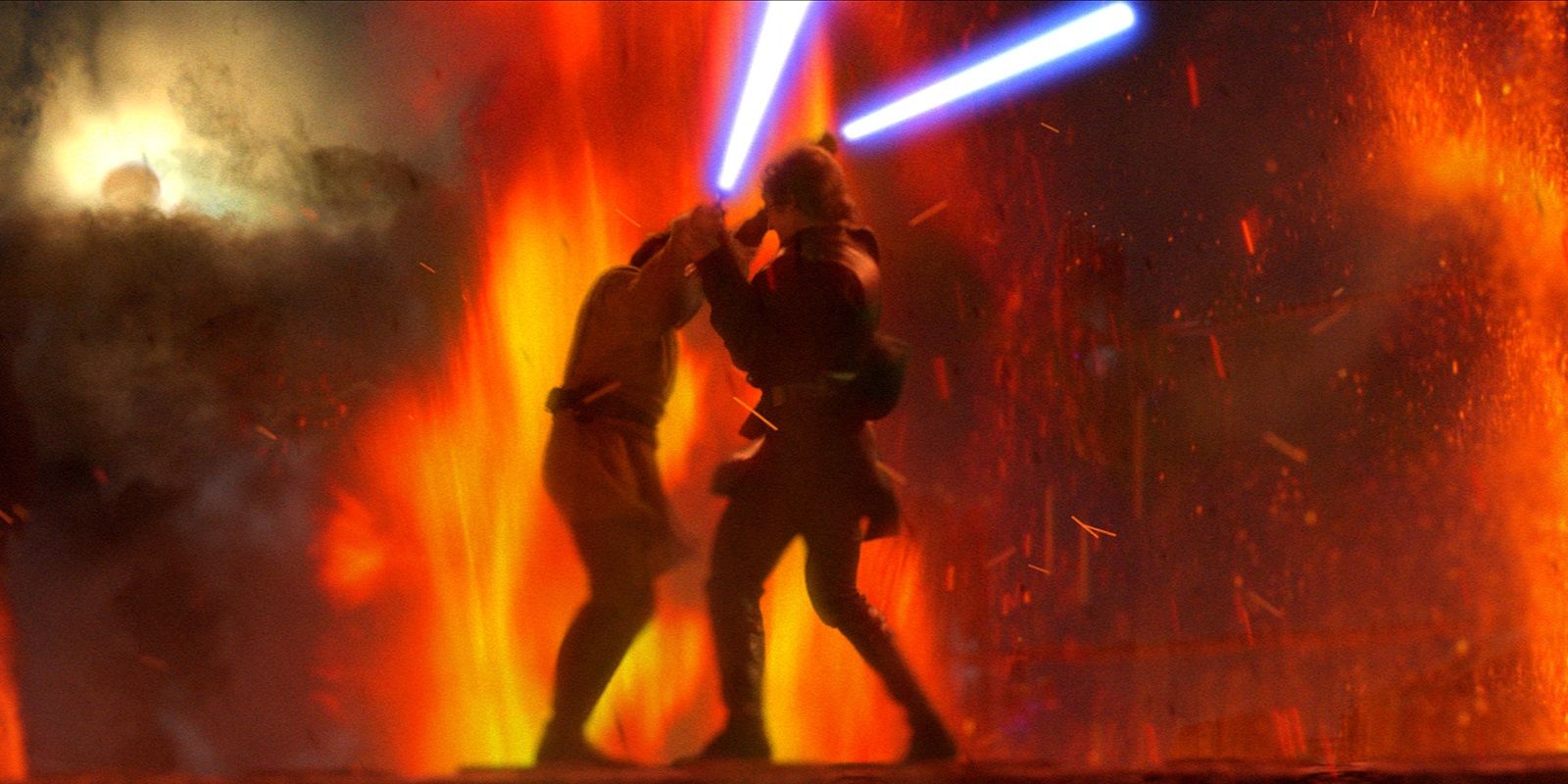Since Star Wars became a global phenomenon, it’s been interesting to look back at early drafts of George Lucas’ scripts and treatments to see just how differently these stories could’ve panned out. Han Solo was initially conceived as an alien with green skin and gills and Ben Kenobi was supposed to survive the original movie. It’s widely known that Lucas always planned for the first 1977 Star Wars movie to have sequels and eventually prequels, but he didn’t iron out all the details before the cameras started rolling.
In The Empire Strikes Back, Leia kisses Luke, because the third movie was originally going to reveal Luke’s long-lost sister to be a new character. During the writing process for Return of the Jedi, when Lucas decided that Luke’s Force-sensitive sister would actually be Leia, the scene in Empire became pretty uncomfortable in retrospect. Considering the magnitude of that inconsistency, one might assume the prequel story wasn’t fleshed out until years later.
But, surprisingly, Lucas laid out the prequel trilogy in its entirety in a story conference as far back as 1981. A couple of the details changed when Lucas actually put pen to paper to make the movies nearly two decades later, but the overall arc remained intact. Since Lucas knew Darth Vader was Luke Skywalker’s father all along and that he wanted to eventually fill out Vader’s backstory in a prequel trilogy, he had to figure out what that backstory was before making the original trilogy. “I had to know where the Empire and Darth Vader came from to make the story of Luke Skywalker coherent,” Lucas said in the book The Star Wars Archives: 1999-2005.
If the initial 1977 movie was going to technically be a sequel to what would eventually become Episode III, then Lucas had to know how Episode III would end so that where Luke, Leia, and Obi-Wan were at the beginning of the movie would eventually make sense in the context of the grander narrative (when he finally finished telling it 30 years later). So, at a 1981 story conference, Lucas told the story of Anakin’s fall to the dark side and the Emperor’s rise to power, more or less how it turned out in the finished trilogy.
Long before Vader’s redemption in Return of the Jedi, Lucas decided that Palpatine was the puppet-master who made Vader evil. In a transcript of the 1981 story conference, Lucas explained that in the prequels, “Luke’s father gets subverted by the Emperor.” Just like in the final movie, Anakin’s wife “confides in Ben, who is [Anakin’s] mentor.”
However, in Lucas’ original version, the Great Jedi Purge didn’t take place in one fell swoop. Instead, Anakin started massacring them himself, one by one: “A lot of Jedi have been getting killed – and it’s because they turn their back on [Anakin] and he cuts them down.” It also seems that Palpatine’s democratic title was not originally Chancellor, an allusion to Adolf Hitler, but rather President – Lucas said in 1981, “the president is turning into an emperor” – but the idea of a democracy being taken over by a dictator remained the same.
Anakin and Obi-Wan’s climactic duel on Mustafar was planned from the beginning, too: “Anakin gets worse and worse and finally, Ben has to fight him and he throws him down into a volcano.” Obi-Wan doesn’t quite throw Anakin down a volcano in Revenge of the Sith, but he does leave him on the bank of a molten river. The link between the volcanic setting and Vader’s transformation was established early on: “When he falls into the pit, his other arm goes and his leg and there is hardly anything left of him by the time the Emperor’s troops fish him out.”
After this scene, Lucas’ original version deviates drastically from the final cut. In the movie, Padmé gives birth to Luke and Leia that night and then dies. In Lucas’ original version, Padmé is none the wiser about Anakin’s turn to the dark side; she’s just at home, raising six-month-old Luke and Leia and awaiting her husband’s return. Obi-Wan has to fly in to tell her Anakin is the Jedi killer and that the whole family has to go into hiding.
Obi-Wan would take Luke to stay at the Lars’ moisture farm on Tatooine and watch from afar – as Lucas explained, “Ben can’t raise Luke himself, because he’s a wanted man” – while Padmé would take Leia to Alderaan where they would stay with the king, a friend of Obi-Wan’s. Padmé would’ve died shortly after arriving on Alderaan, leaving toddler Leia to be raised by her foster parents, the Organas. This explains why, in Return of the Jedi, Leia has vivid memories of her mother that a newborn baby wouldn’t have.
Some of the specifics of the story changed when Lucas fleshed this outline out into three full movies a couple of decades later, but the core themes were there from the beginning. The prequel trilogy was always planned to be the story of a democracy transforming into a dictatorship and it was always going to paint Anakin as a Hamlet-esque tragic hero.

